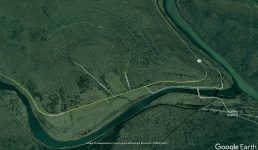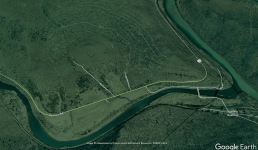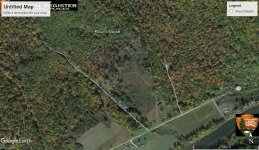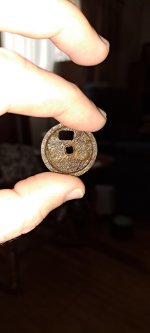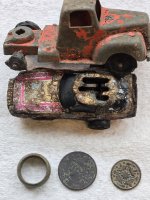VonDigger
Jr. Member
- Dec 13, 2009
- 92
- 68
- Detector(s) used
- Bounty Hunter Lone Star
- Primary Interest:
- All Treasure Hunting
I was looking at the area on Google Earth. The disturbance with the trees does lead me to believe that there was in fact something there. Now as to what it is, once I can get back out that direction, and since it is only 16 miles from camp, I'm going to take the camera out and see what I can find out about it. I have seen sites like this before, and as much as they might seem like an indian site, many are not. BUT, I will say that there have been a couple things in the photos that makes me think that native Americans were there at one point and time. Possibly a mixed site that also have Europeans on it as well. Not going to discount anything until I see it for myself. So I guess I have another place to look at up there the next time I go.


